Detailed Introduction to GE XMTC-62-21
1. Technical Parameters of XMTC-62-21
XMTC-62-21 comes with a wide measurement range, covering from 0%-1% to 0%-100%, which allows it to meet various gas concentration detection needs in different industrial scenarios. The zero adjustment range of XMTC-62-21 can reach 90%-100%, and it is also applicable to some special gases and range requirements.
In terms of measurement accuracy, XMTC-62-21 performs excellently, with an accuracy of ±2% of the full scale, providing relatively accurate data for gas composition monitoring in industrial production processes. The resolution of XMTC-62-21 is 1, enabling it to finely distinguish small changes in gas concentration, which is of great significance for industrial application scenarios requiring high-precision gas monitoring.
XMTC-62-21 operates on a power supply voltage of 24VDC, which is compatible with common industrial DC power supply systems, facilitating easy integration into industrial power supply networks to ensure stable operation of the device.
Regarding the protection level, XMTC-62-21 reaches the 4X/7 structure standard and has obtained ATEX, FM, and CSA certifications. It is suitable for Class I, Division 1 hazardous areas, allowing safe use in environments with flammable and explosive gases or dust, effectively avoiding safety accidents caused by electrical equipment.
The internal temperature of XMTC-62-21 is controlled at a constant 55°C (131°F). After XMTC-62-21 is connected to a 24VDC power supply, a 30-minute warm-up period is required to reach a stable temperature state to ensure the accuracy of measurement results.
2. Product Functions of XMTC-62-21
One of the core functions of XMTC-62-21 is high-precision gas composition analysis. XMTC-62-21 determines the concentration of the target gas in binary gas mixtures by measuring the thermal conductivity of the sampled gas and comparing it with the thermal conductivity of a selected reference gas (such as air in a sealed cavity). XMTC-62-21 uses two ultra-stable, high-precision glass-coated thermistors; one is in contact with the sampled gas, and the other with the reference gas. The thermistors are installed close to the stainless steel or Hastelloy inner wall of the sampling cavity, and the entire transmitter is under precise temperature control. The thermistors are heated to a high temperature that keeps the Wheatstone bridge current constant. At this time, the thermistors conduct heat to the sampling cavity wall, and the conducted heat is proportional to the thermal conductivity of the gas surrounding the thermistors. Eventually, the two thermistors reach different equilibrium temperatures. The Wheatstone bridge detects the temperature difference between the two thermistors, amplifies the bridge’s voltage output, and converts it into a linear 4-20mA output, which is proportional to the content of a component in the binary or pseudo-binary gas mixture, providing high-precision gas composition data for industrial production processes.
XMTC-62-21 also has strong environmental adaptability. The measurement cell of XMTC-62-21 has a robust structure, which can effectively prevent contamination, and its measurement process is not affected by flow changes. Due to the design with no moving parts inside, XMTC-62-21 has excellent shock and vibration resistance, enabling it to easily adapt to many harsh industrial application environments in industries such as metallurgy, chemical engineering, and electric power, ensuring stable operation under complex working conditions and continuously providing reliable gas analysis results.
Moreover, XMTC-62-21 features convenient calibration and maintenance. XMTC-62-21 adopts a modular structure, which greatly simplifies the maintenance process, making maintenance work easy and quick. Users can quickly complete calibration operations on-site with XMTC-62-21. When parts need to be replaced, the original measurement cell can be directly replaced with a pre-calibrated spare part, and the entire process takes only a few minutes, effectively reducing equipment downtime and improving production efficiency. At the same time, XMTC-62-21 can be used alone or in combination with TMO2D or XDP display units, with flexible installation methods, allowing split installation. The maximum distance between the display unit and XMTC-62-21 can be connected with an inexpensive and unshielded cable up to 1200 feet (about 366 meters), facilitating layout and use in different industrial scenarios.
Additionally, XMTC-62-21 is equipped with rich communication and diagnostic functions. XMTC-62-21 has computer-enhanced signal measurement functions, fast response software, and real-time fault detection functions, which can promptly detect abnormal conditions during equipment operation. It can perform digital communication through RS232 or RS485 interfaces, facilitating data interaction with upper computers or other control systems, realizing remote monitoring and management, and providing strong support for industrial automated production.
3. Applicable Systems of XMTC-62-21
XMTC-62-21 is widely applicable in various industrial systems. In the metallurgical industry system, XMTC-62-21 can be used to monitor the hydrogen content in nitrogen (N₂). For example, in the gas environment monitoring of metal heat treatment furnaces, XMTC-62-21 helps control the furnace atmosphere, optimize the metal heat treatment process, and improve the performance and quality of metal materials by accurately analyzing the H₂ content.
In the power industry system, XMTC-62-21 is often used for monitoring hydrogen concentration in generator cooling systems. During the operation of generators, hydrogen, as an efficient cooling medium, its purity and concentration are crucial to the cooling effect and operational safety of the generator. XMTC-62-21 can detect hydrogen concentration in real-time and accurately, ensuring the stable operation of the generator cooling system and avoiding equipment failures caused by abnormal hydrogen concentration.
In the petrochemical industry system, XMTC-62-21 can be used to detect the hydrogen content in hydrocarbons. For example, in refining, petrochemical product synthesis, and other process links, accurately grasping the proportion of hydrogen in hydrocarbons with XMTC-62-21 is important for optimizing reaction conditions, improving product yield, and ensuring production safety.
In the chemical industry system, XMTC-62-21 is widely used in gas analysis in various chemical production processes. In synthetic ammonia gas production, XMTC-62-21 can monitor the hydrogen content, providing a data basis for the optimal control of the ammonia synthesis reaction. In methanol synthesis gas and chlorine production processes, XMTC-62-21 can also accurately detect hydrogen content, helping chemical enterprises achieve refined production management.
In the methane and biogas industry system, in the methane industry, XMTC-62-21 can be used to detect the content of impurity gases such as carbon dioxide (CO₂) and nitrogen (N₂) in methane. In the biogas industry, XMTC-62-21 can analyze the CO₂ and methane (CH₄) components in biogas, which is of great significance for evaluating biogas quality, optimizing biogas production processes, and effectively utilizing biogas.
In the gas industry system, XMTC-62-21 is suitable for purity monitoring of gases such as argon (Ar), hydrogen (H₂), nitrogen (N₂), and helium (He), ensuring that the quality of industrial gases meets production requirements and satisfies the strict standards for gas purity in different industrial productions.
In the food industry system, during food fermentation, XMTC-62-21 can be used to monitor the production of carbon dioxide, helping food enterprises control the fermentation process and ensure the stability and consistency of product quality.



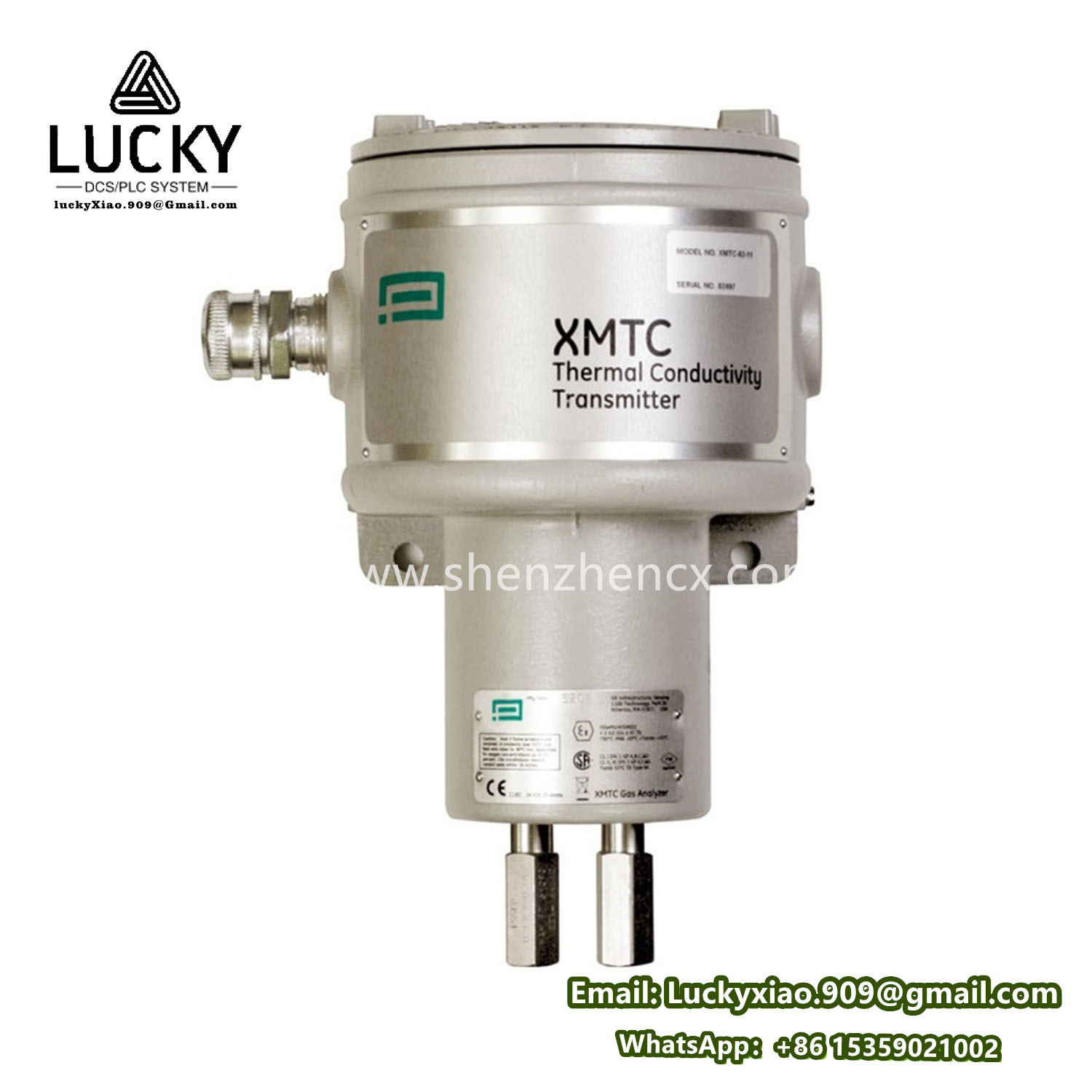





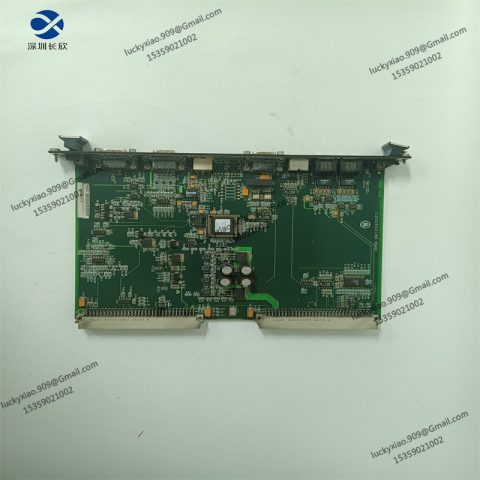

-1-480x480.jpg)
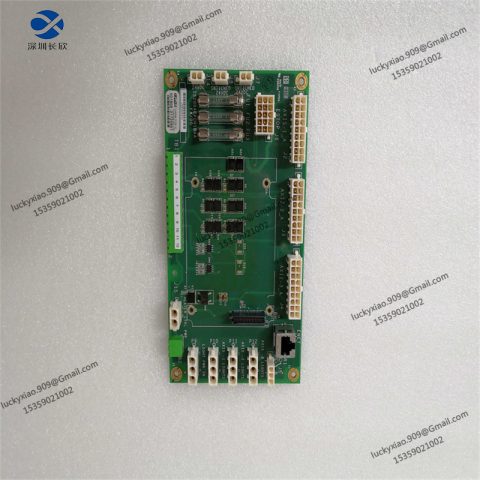
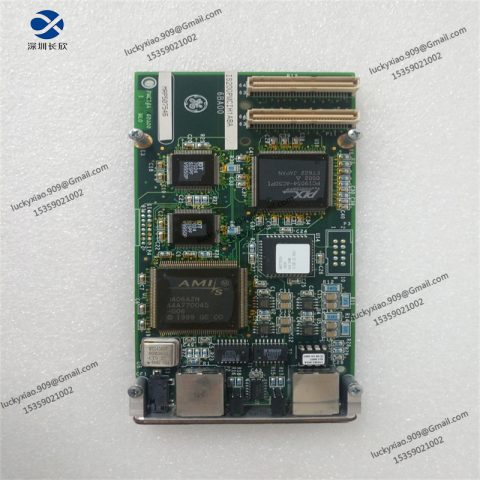
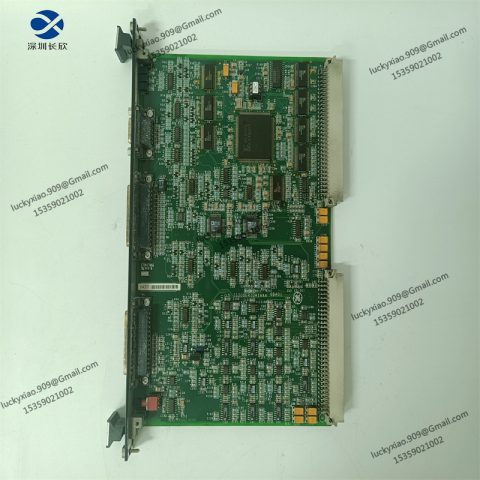
There are no reviews yet.